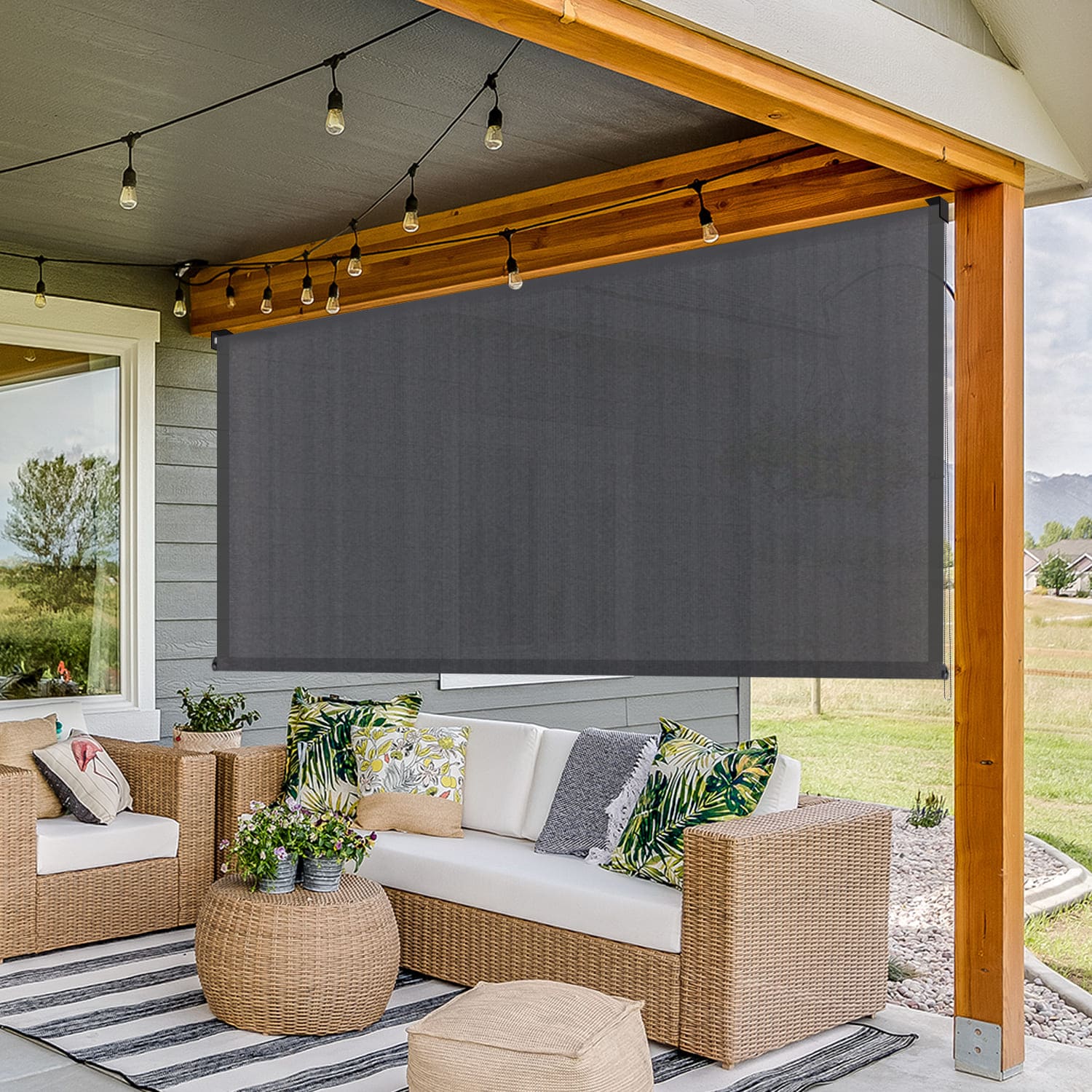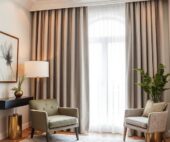Blinds are a popular window covering used in homes to control light, privacy, and even the temperature of a room. They come in various styles, materials, and mechanisms to suit different preferences and decor styles. Here’s an overview of some common types of blinds:
1. Venetian Blinds
Material: Typically made from aluminum, wood, or PVC.
Design: Horizontal slats that can be tilted to control light or fully raised for an unobstructed view.
Function: Ideal for adjusting light levels and providing privacy.
2. Vertical Blinds
Material: Commonly made from fabric, PVC, or aluminum.
Design: Long vertical slats that can be tilted or drawn to the side.
Function: Often used for sliding glass doors or large windows; they are easy to operate and provide good light control.
3. Roller Blinds
Material: Fabric, usually treated to be UV-resistant or blackout for different light control levels.
Design: A single piece of fabric that rolls up and down.
Function: Simple and sleek, these are great for minimalistic homes and come in light-filtering or blackout varieties.
4. Roman Blinds
Material: Often made from fabric and can be lined for blackout purposes.
Design: Fold into pleats when raised, giving a soft, elegant look.
Function: Provides a sophisticated aesthetic and works well for more formal rooms like dining areas or living rooms.
5. Honeycomb (Cellular) Blinds
Material: Usually made from soft paper or fabric-like materials.
Design: Cells trap air, providing insulation for the home.
Function: These are energy-efficient blinds, helping to keep rooms cooler in the summer and warmer in the winter.
6. Motorized Blinds
Material: Can be any material from the above styles.
Design: Operated by a motor and controlled via remote, app, or home automation system.
Function: Ideal for hard-to-reach windows or for homeowners looking for convenience and integration into smart home systems.
Considerations When Choosing Blinds:
Privacy: Some blinds, like blackout roller blinds, offer more privacy than others.
Light Control: Venetian and vertical blinds allow for more precise control over the amount of light entering the room.
Energy Efficiency: Honeycomb blinds are particularly effective at insulating a home, reducing energy bills.
Aesthetic: The material and style should complement your home’s interior decor.




